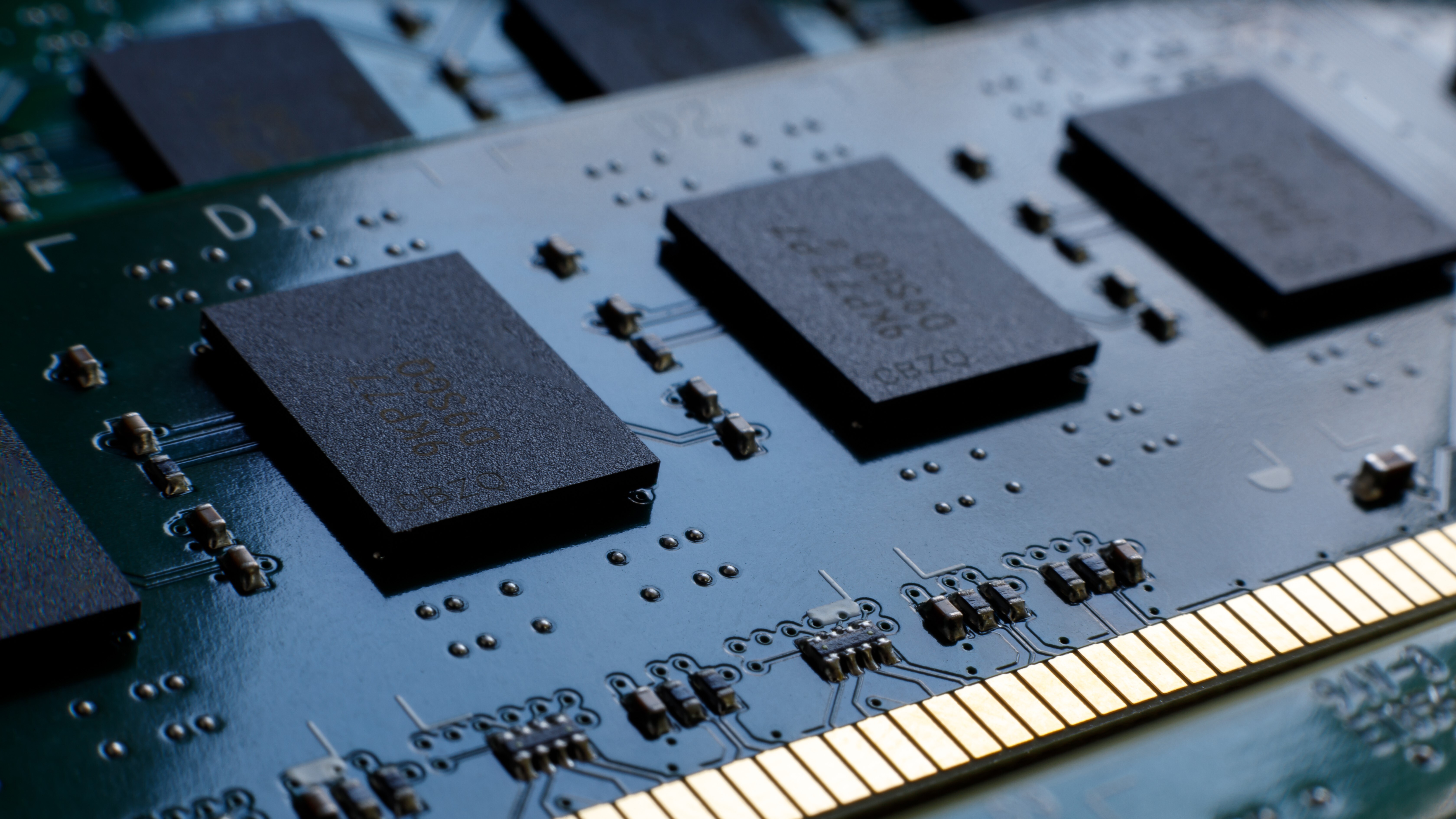DRAM prices have jumped by 20% for the second month in a row — surging demand is likely due to stockpiling
Companies are buying as much memory as they can during the 90-day window on tariffs.

The average market prices for DRAM and NAND chips increased for May, with the price for 8 GB DDR4 chips now at $2.10, going up by around 27% from $1.65 in April. Prices for these chips hovered at around $1.37 in March, meaning this is the second time in a row that prices jumped by over 20%. According to Business Korea, these price surges were likely caused by many companies stockpiling memory chips to get ahead of tariffs, especially as President Trump announced a 90-day grace period for these import taxes.
The last major price movements for these chips were in September and November, which showed a 17% and 20% downward movement, respectively. They have then remained stable from December until April, when Trump shocked the world with his ‘Liberation Day’ tariffs during early April 2025. Trump then said the day after his massive announcement that computer chips are exempt from the sweeping taxes, at least temporarily.
These import taxes were supposed to take effect in full force a week later, but he decided to pause them for 90 days at the last minute. Despite that, Trump said that he would put tariffs on chips, so even if you’re making computers inside the United States, your costs would go up. Because of this, companies are stocking up on memory chips, especially the cheaper DDR4 chips destined for more affordable products that cannot absorb or adjust to increased costs.
It follows news that top DRAM manufacturers Samsung, Micron, and SK hynix are abandoning DDR4 production due to increased competition from China. Companies like CXMT and Fujian Jinhua have been undercutting prices to the point that their brand-new DDR4 products are cheaper than the big three's refurbished memory. And in a surprise development, CXMT announced that it will also end DDR4 production at around the same time at the behest of Beijing.
This drying up of supply, compounded by the increase in demand, means that companies should expect to pay more for DRAM and NAND chips. And unless the global tariff situation and the manufacturing of DDR4 memory stabilize, we expect the cost of these chips to keep on rising in the coming months, eventually impacting consumers.
Follow Tom's Hardware on Google News to get our up-to-date news, analysis, and reviews in your feeds. Make sure to click the Follow button.
Get Tom's Hardware's best news and in-depth reviews, straight to your inbox.

Jowi Morales is a tech enthusiast with years of experience working in the industry. He’s been writing with several tech publications since 2021, where he’s been interested in tech hardware and consumer electronics.